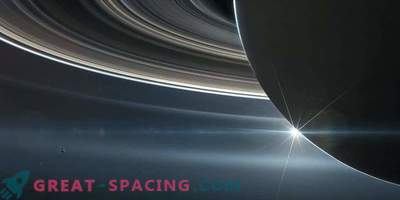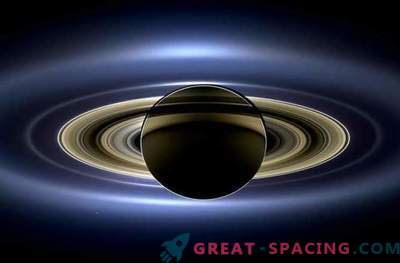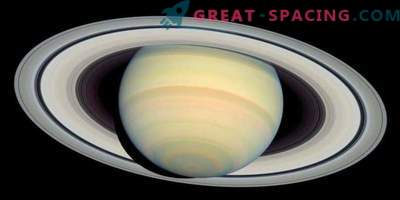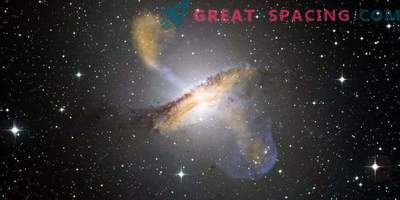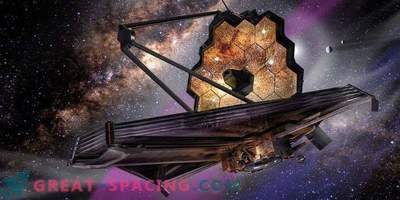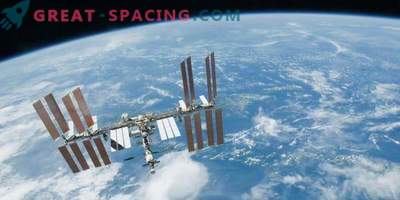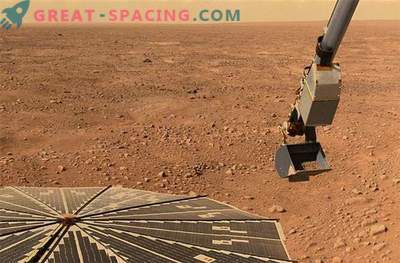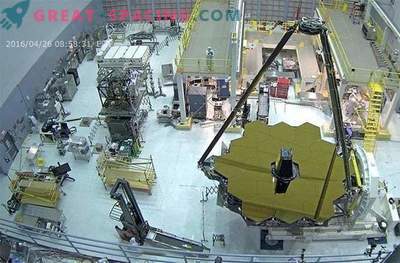
A small moon revolves around Saturn outside the F-ring. And although the mission managed to accomplish a close approach, there are still many secrets.
Although every observation of Saturn from NASA's Cassini mission is gold for science, while the spacecraft completes its final year of work, each new photograph adds value. And this shot of the moon in the form of potatoes is no exception.
Since Cassini is in danger, moving between the gas giant's rings to the “grand finale”, he gets quite magnificent (and unprecedented) views of the moons and rings of the planet. During the passage through the third ring, he managed to remove Pandora (one of Saturn’s innermost satellites) from a record distance of 25,200 miles (40,500 km). This is 6,800 miles (10,900 km) closer than the previous span in 2005. The spacecraft camera was filming from this viewpoint on December 18th.
Pandora was discovered in 1980 after analyzing the photos taken by Voyager-1 during a grand tour of the planets of the solar system. The size of the moon is only 52 miles (84 km) horizontally and has two large 19-mile craters (30 km) wide. They are filled with debris and a thick layer of dust, which smooth out small craters. The moon rotates around the planet at a distance of about 88,000 miles and zooms the planet once every 15 hours.
This observation is used to better understand the process of forming Pandora and its composition. It is known that it has a rather low density and high albedo (reflectivity). Scientists believe that it is porous and consists of water ice. According to NASA, Pandora has a chaotic orbit that depends heavily on orbital resonances with other moons, which cause it to accelerate or slow down. It is believed that such strangeness can violate particles of dust and debris in the thin F-rings of Saturn, while Prometheus, rotating only inside the ring, works to keep these ring particles under control.
Before plunging into the atmosphere of Saturn, the device will complete its 22nd orbit through the rings, providing new views. Perhaps we can understand whether these rings are old, like the planet itself, or they were created by tidal destruction and satellite collisions during the evolution of the planet. And no doubt surprises await us. The first ring dive is scheduled for April 27th.
